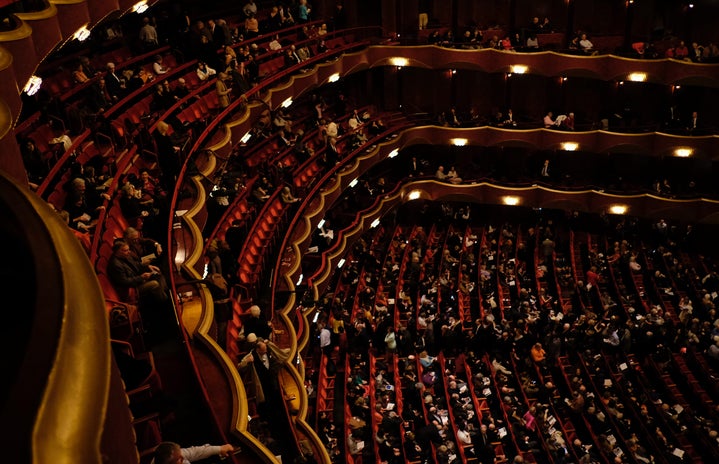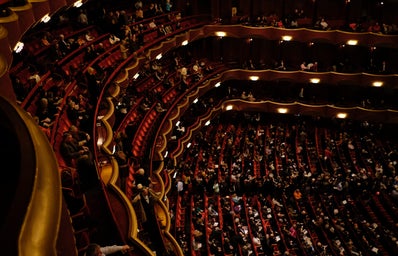Students: please, do yourself a favor. Go to PB&J Tuesdays at the Gund Gallery. Never again, in your life, will you ever have so many different options of spreadable bread toppings to choose from. Last week we had marshmallow fluff. I watched some students try marshmallow fluff for the first time. Seeing the looks on their faces was quite honestly magical. I love Tuesdays so much. As in, I arranged my schedule this semester specifically so that I could end a class in the gallery just minutes before the sandwich bar opens. It’s glorious.
The past few PB&J Tuesdays, after finishing up whatever combinations I’ve dreamt up that week, I’ve stuck around a while longer to see the Gallery’s new exhibition: a collection of photography entitled Aftermath. The collection features some staged photos, but mostly real images that depict the effects of war in America and the Middle East, with settings like Iraq, Afghanistan, Syria, Libya, Lebanon, Palestinian territories, Israel, and the United States. It’s a collection of portraits, still lifes, and candids, literature, poetry, animation, and even an interactive piece.
Unlike the other exhibits we’ve had at the Gallery so far this year, this one is a little bit difficult to stomach. It’s hard to lie in photojournalism. It’s also hard to make war look “nice,” and I’m not sure why you’d want to, anyway. I have always and will always be the kind of person who will advocate for almost every single other possible option before I support the idea of war. (I consider it a loss that I never got to be one of those college kids in the sixties, protesting Vietnam and discovering the Beatles at the same time the rest of the world did.) So I’m quick to be enthusiastic about anything that seems to feel the same way I do about it, and artists typically seem to.
But even still—it almost feels wrong to get excited about how beautiful a war photo is. You see an image of a demolished building, you see a man without a leg, you see abandoned homes and things like forgotten shoes still lying on the ground. And the photos themselves, sure, that’s art, but they’re also photos, which means that the images can’t be made up. It’s really what the world looks like to somebody.
There’s a quote above one of the photos in the gallery borrowed from Sanskrit teachings. It reads: “Who sees all beings in his own self, and his own self in all beings, loses fear.”
What I like about the darker photos is that it’s easier to see your reflections in them. We can’t view exhibits like this as windows, distant views into worlds that are far and removed from our own. It does absolutely no good to look at or think about images like this if you can’t see your own life, your own truth, your own earth in the photos. It’s impossible for me to look at pictures like this and not think about how similar I am to the people in the photos, rather than how different. Human life is human life is human life, no matter where we are, no matter our economic standings or our religions. The longer we ignore that, the harder it will be to ever achieve peace. The most important thing to do with this exhibit is to talk about it. To not let it stay confined within the walls of the gallery, but to know that everything that’s featured in these photos are a result of decisions that a government made, and that an amazing gift that comes with living in America, even now, is that democracy is only ever as strong as the people who run it. And we have the ability to influence these decisions and hopefully some day stop the destruction and pain that we see here, in the aftermath of war.
Image Credit: Annmarie Morrison

